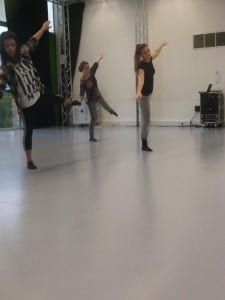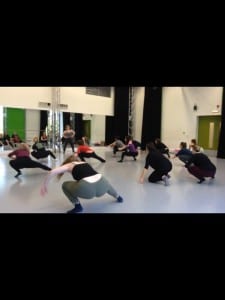Within this week’s class I was drawn to the flow of the movement within the exercises. I was interested in this because Robert expressed to the class on many occasions that he would like them to link all the movements so that the transitions were fluid in structure rather than executing a body action for each count. He explained how he really wanted them to use the musicality to explore this. Musicality is the;
“Ability to connect with accompanying music, interpret it, or phrase and add movement dynamics that relate to music even in the absence of accompaniment, in a way that is unique or interesting” (Dance Advantage, 2010).
This is a definition I found online which made me realise that the dancers need develop their connections with the music in order to enhance their musicality skills.
When I was asked to peer assess the group and give them all individual feedback I was struck by the numbers of dancers who were not linking the movements at all. Therefore, I gave them all personal feedback and helped them to make the movements flow. I asked the class why they were struggling with making the movements flow and they said it was because each count in their brain represented a movement. I believe that the class will gradually learn to connect the movements as they encompass the flow which is required.

